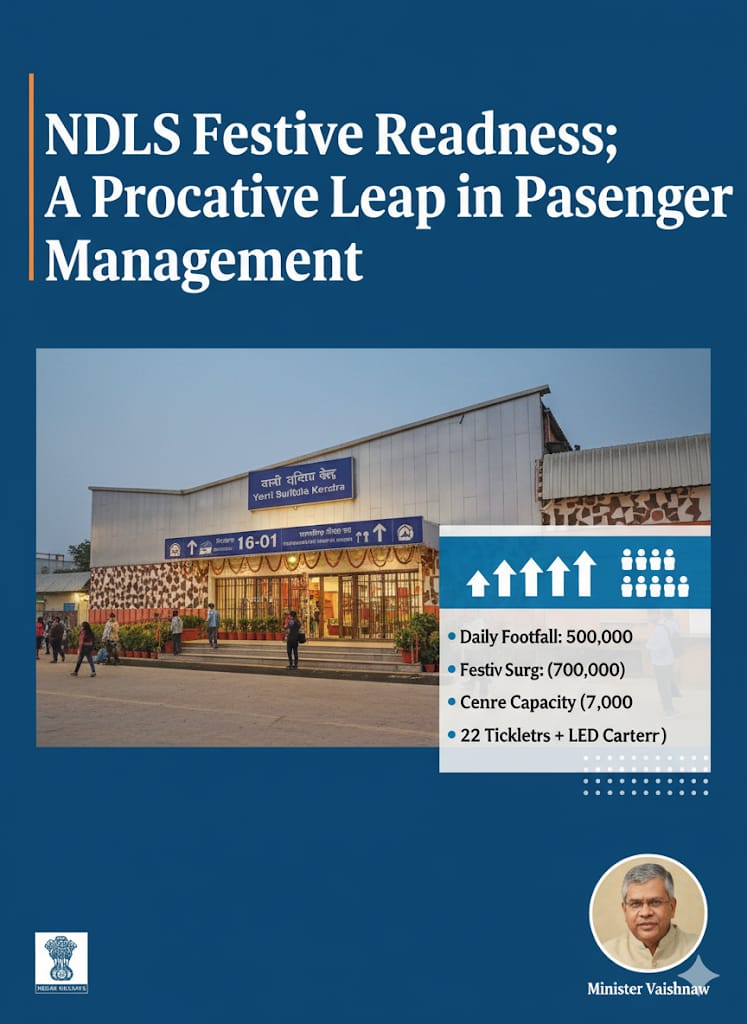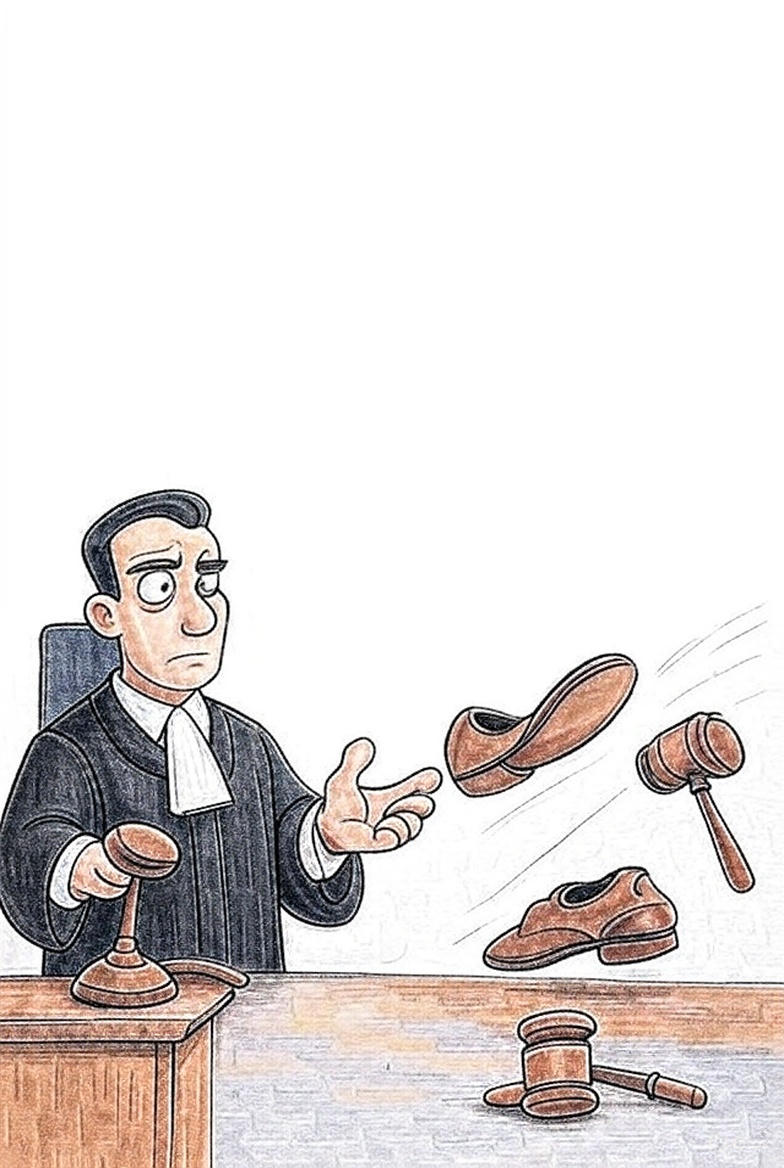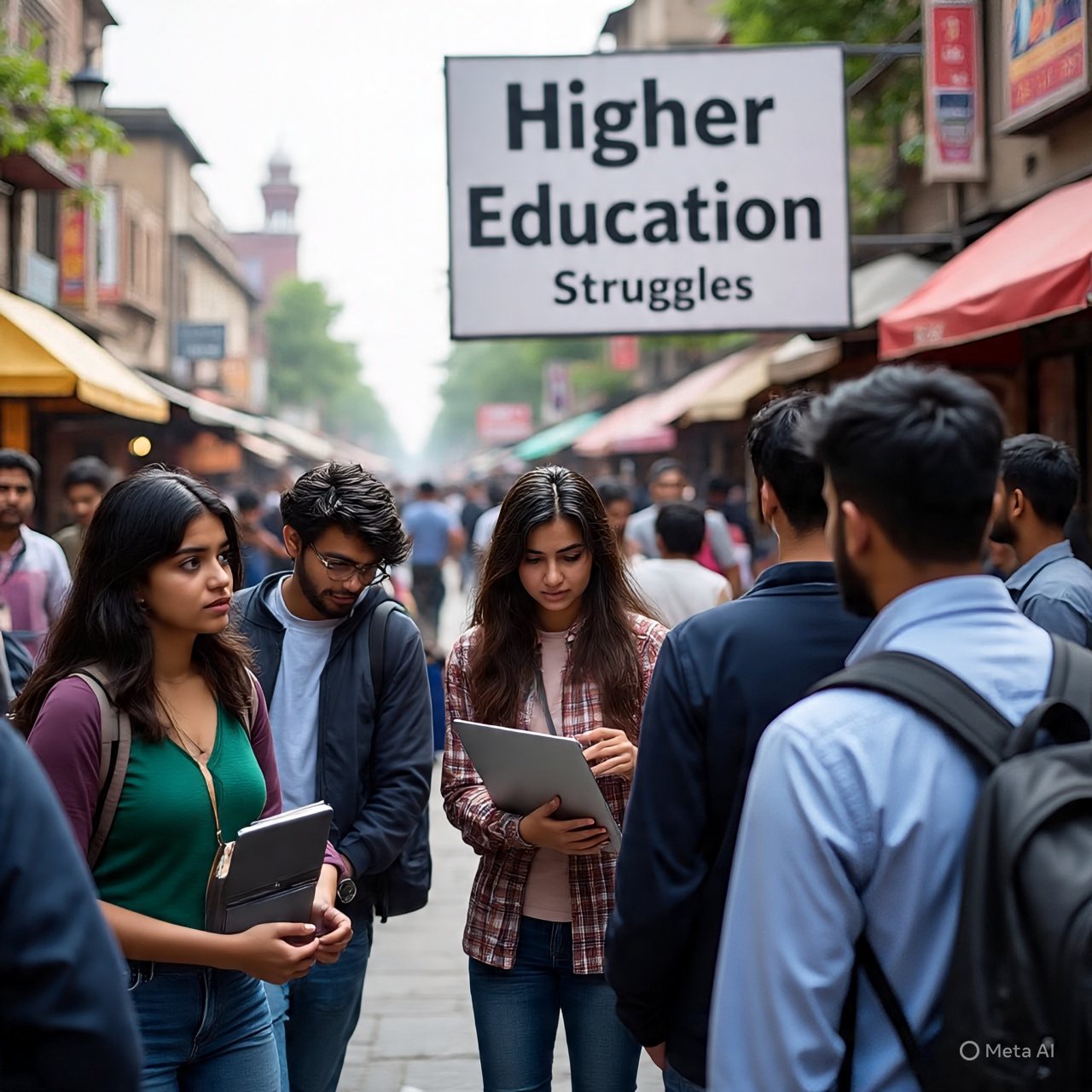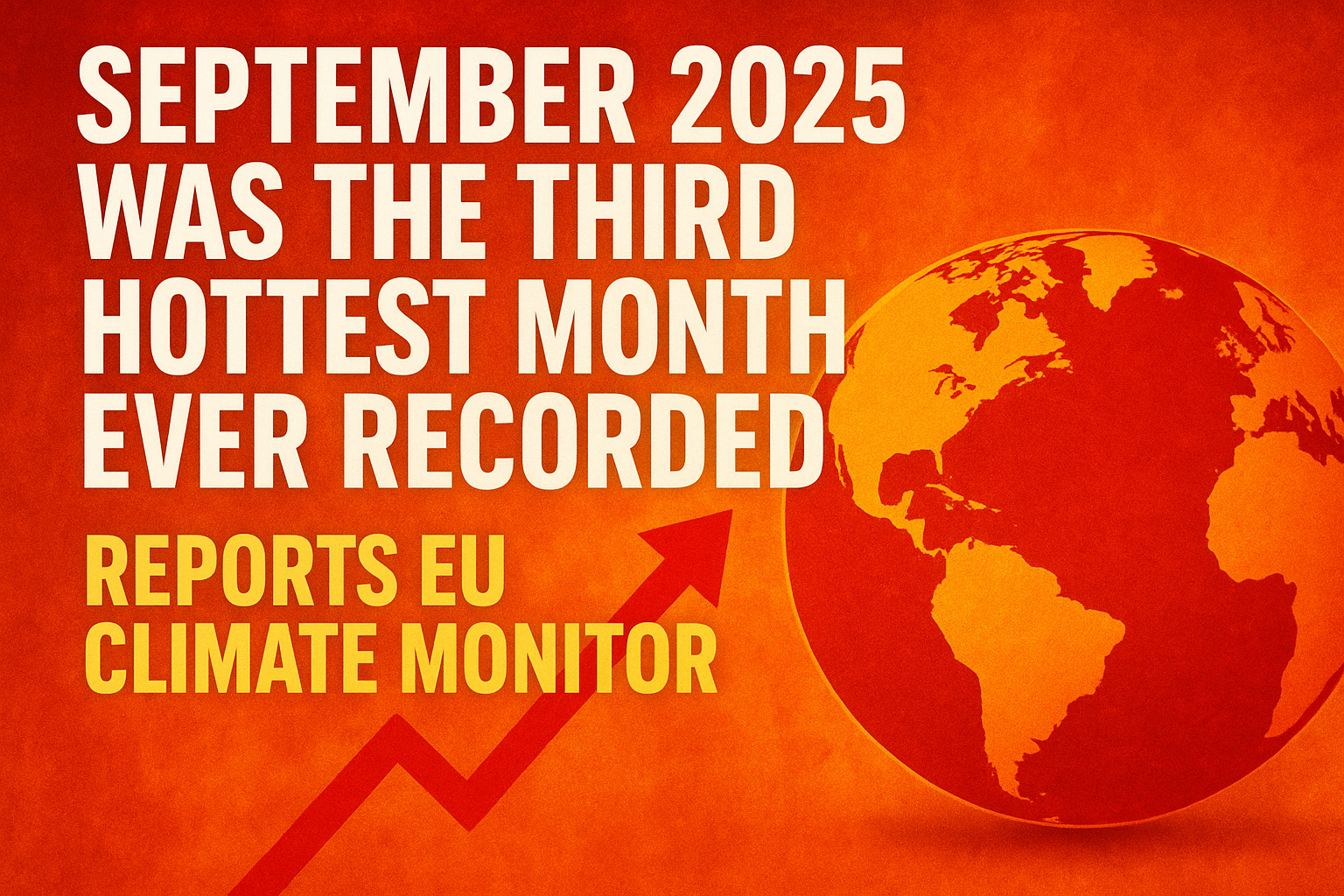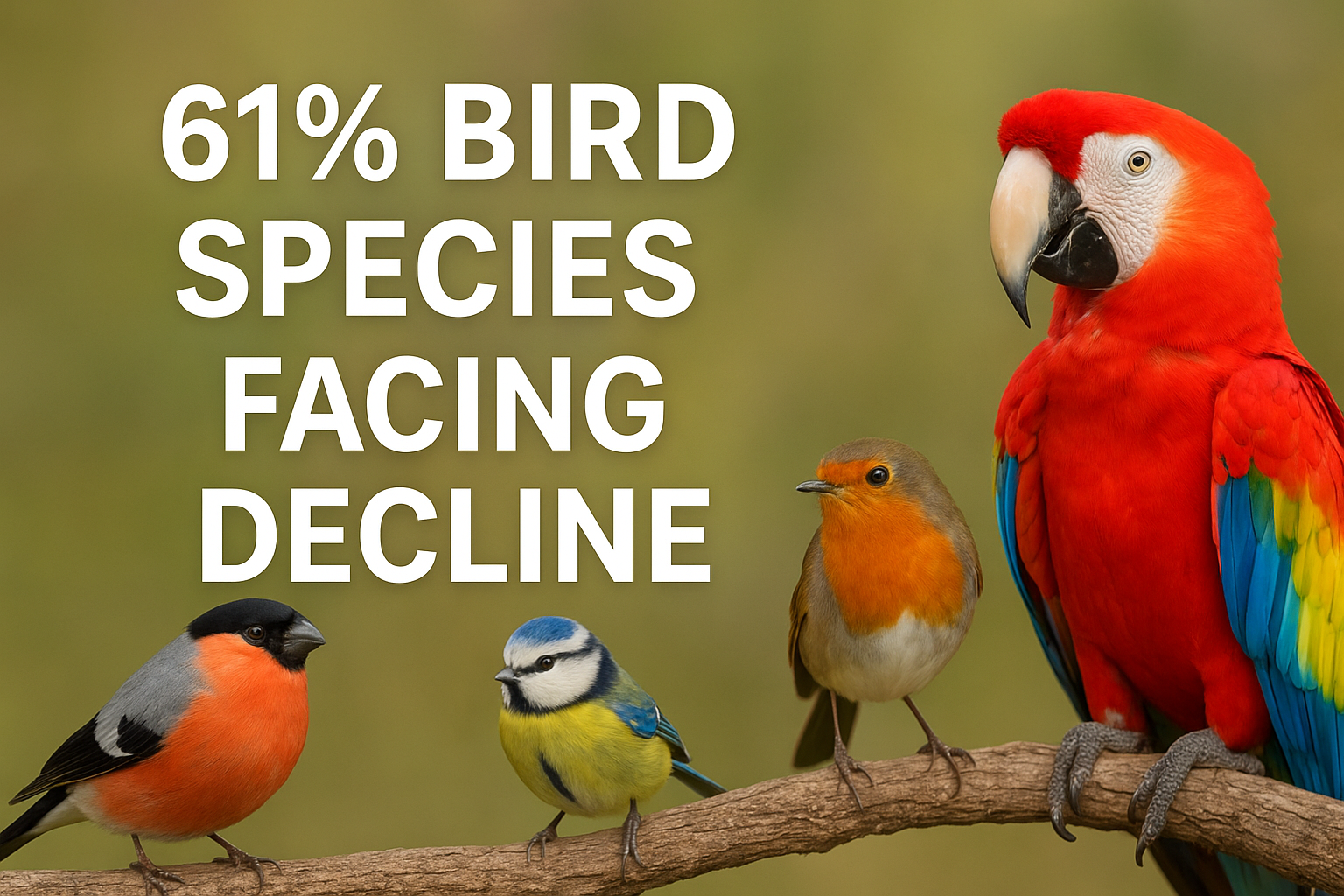
The world’s bird population is shrinking at an alarming rate. According to the IUCN Red List released on November 17, 2024, nearly 61 percent of bird species across the globe are witnessing a steady decline in numbers. The report by the International Union for Conservation of Nature (IUCN) highlights the growing impact of human activities such as deforestation, agricultural expansion, and logging on bird habitats.
The Red List, which now includes 172,620 species, has identified 48,646 species that are currently threatened with extinction. Among them, 1,360 bird species are listed as threatened, accounting for about 11.5 percent of the total bird species evaluated by BirdLife International. Scientists say the situation is becoming increasingly severe, with many species either on the verge of extinction or already lost forever.
The report draws attention to the tragic disappearance of the slender-billed curlew, a migratory shorebird last recorded in Morocco in 1995. Experts now consider it likely extinct. Nicola Crockford of the BirdLife International and the Convention on Migratory Species said the bird was probably functionally extinct by the time of its last confirmed sighting in 1995. She called the species’ loss a warning sign of the deepening crisis facing migratory birds worldwide.
Another species, the Rufous-vented Ground Cuckoo from South America, and the Christmas Island Pipistrelle, have also been added to the list of extinct birds. These extinctions are not isolated incidents but part of a larger pattern of biodiversity decline driven mainly by habitat loss. The study reveals that agriculture, logging, and forest clearance are the leading factors pushing bird populations to the edge.
The crisis is particularly serious in regions such as Madagascar, West Africa, and Central America. In Madagascar alone, 14 bird species have now been reclassified as “Near Threatened” due to habitat destruction. Among these are the Schlegel’s Asity and several warblers that depend on the island’s shrinking forests. In West Africa, five new bird species have been added to the Near Threatened category, including the black-casqued hornbill. The same pattern is seen in Central America, where loss of forest cover has led to sharp declines in species like the Highland Guan.
Experts warn that such widespread declines could soon lead to irreversible losses in biodiversity. Bird populations are often seen as key indicators of environmental health. Their disappearance signals deeper ecological damage that could affect other species, including humans. Professor Bilal Habib from the Wildlife Institute of India said the crisis is a reminder that urgent steps must be taken to prevent more species from reaching the brink of extinction.
The IUCN report notes that many governments have failed to act decisively despite being signatories to international conventions aimed at protecting biodiversity. The lack of coordination, weak enforcement, and slow policy implementation have allowed deforestation and habitat degradation to continue unchecked. Experts believe that reversing this trend will require large-scale conservation initiatives, restoration of forest habitats, and stricter control over land-use changes.
Dan Burfield, Global Science Coordinator for BirdLife International, emphasized that conservation must be treated as an international priority. He cited the example of Rodrigues Warbler in Mauritius, which recovered from near extinction through dedicated local and global cooperation. This success story proves that timely and well-planned conservation measures can bring endangered species back from the edge.
The IUCN Red List is widely considered one of the most comprehensive databases for assessing the health of global biodiversity. The latest update paints a sobering picture of the planet’s ecological balance. With more than half of all bird species now in decline, scientists believe the world is running out of time to act.
Experts suggest that stronger environmental laws, increased funding for wildlife protection, and community participation in conservation efforts are vital. Public awareness and education about the importance of birds in maintaining healthy ecosystems can also make a difference. Birds are not only indicators of ecological health but also play crucial roles in pollination, pest control, and seed dispersal.
As the IUCN report makes clear, protecting birds is not just about saving wildlife. It is about securing the future of the planet’s natural systems on which all life depends. The time to act, scientists say, is now.



.jpeg)

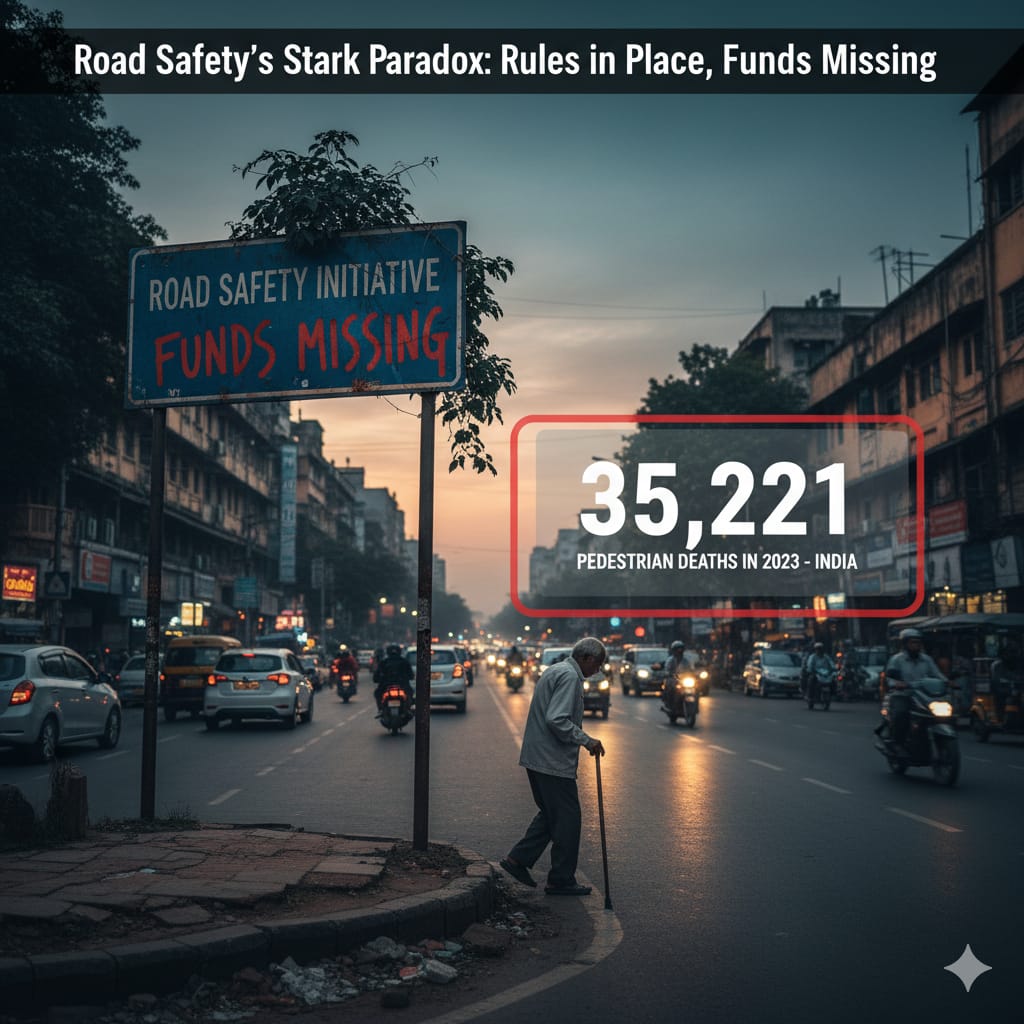
.jpeg)



.jpeg)
